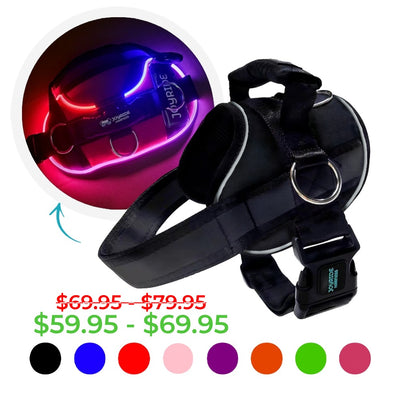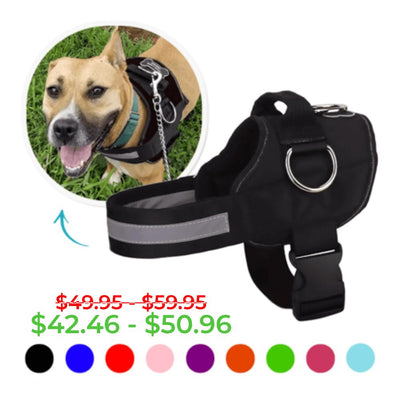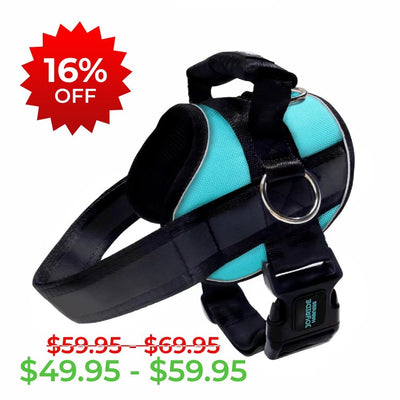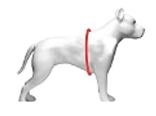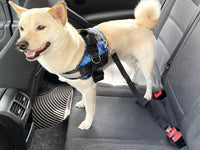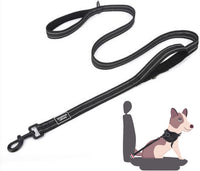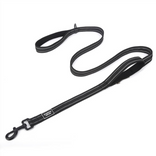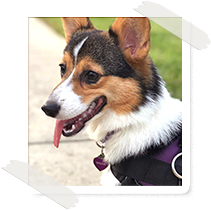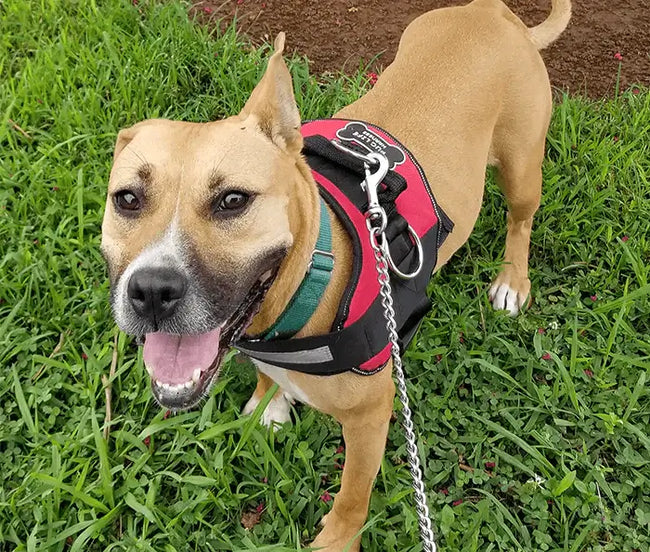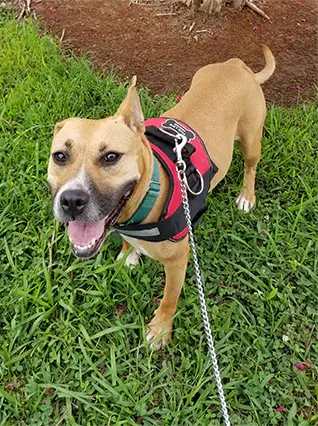Taking Care of Dogs Who Have Had Strokes at Home
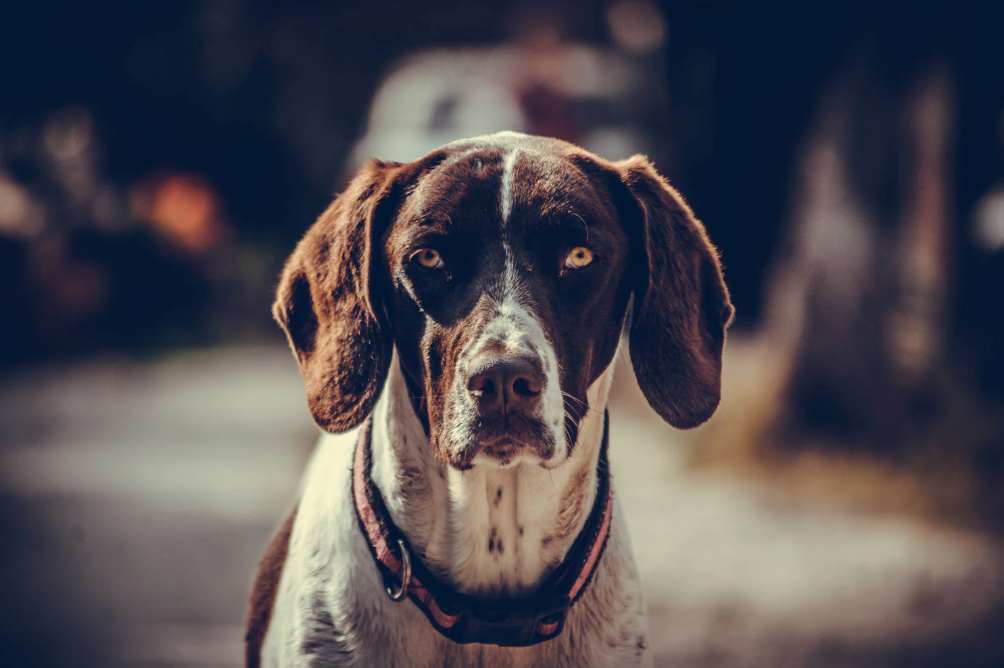
Strokes in dogs is an alarming occurrence, and while strokes are not as common with dogs as they are with humans, they are just as extreme in impact and should be taken seriously. It’s important to understand what strokes in dogs look like - the symptoms of dog strokes - and how to care for dogs who suffer from a stroke.
So let’s start with the basic info.
What is a stroke?
A stroke is the occurrence of blood flow to the brain being disrupted. When this happens, brain cells are deprived of oxygen and can yield damaging results to your dog’s brain. According to American Kennel Club (AKC) in their breakdown of dog strokes, there are two types of strokes that can occur.
“In both humans and dogs, strokes are typically classified as either ischemic or hemorrhagic. “An ischemic stroke occurs when a vessel that supplies blood to a part of the brain becomes blocked, and damage to the brain tissue occurs,” says Dr. Jennifer Coates, a veterinarian who serves on the advisory board for Pet Life Today. “In a hemorrhagic stroke, a vessel in the brain bleeds, which leads to swelling and increased pressure,” she adds. Both types of stroke deprive the brain of blood and oxygen, which causes brain cells to die. Ischemic strokes are more common than hemorrhagic strokes in both people and dogs.” - American Kennel Club, AKC
Strokes are usually the sign of an underlying health issue and can be the result of various things like chronic kidney disease, hypothyroidism, and more.

How can I tell if my dog is having a stroke?
Being observant of the symptoms of strokes in dogs is essential because you’re the key to making sure their post-stroke recovery goes well. It’s important to also know that there’s no way to prevent a stroke or be able to tell if a stroke is about to happen, but if your dog shows any of the following symptoms, they’re currently experiencing a stroke:
- Abnormal, rapid-eye movements
- Loss of balance
- Vomiting
- Excessive head tilting
- Loss of appetite
What do I do after my dog has a stroke?
Take your dog to the veterinarian immediately. There are no treatments for strokes, however, there are treatments for the underlying issues that could have led to the stroke. Your veterinarian can diagnose and treat accordingly.
When you bring your dog home, your presence alone is comforting to your dog since you share a bond with one another. Make sure they have somewhere cozy to rest. Be there for your dog so that recovering from the stress of a stroke is easier than it would be without you. Love and tender care truly is the most beneficial to their health after such an experience.

This is just a sampling of tips and information we offer at Joyride Harness. You can find more tips and tricks and how-tos for caring for your dog on our blog at this section. Feel free to leave a comment with tips you’re looking for!

